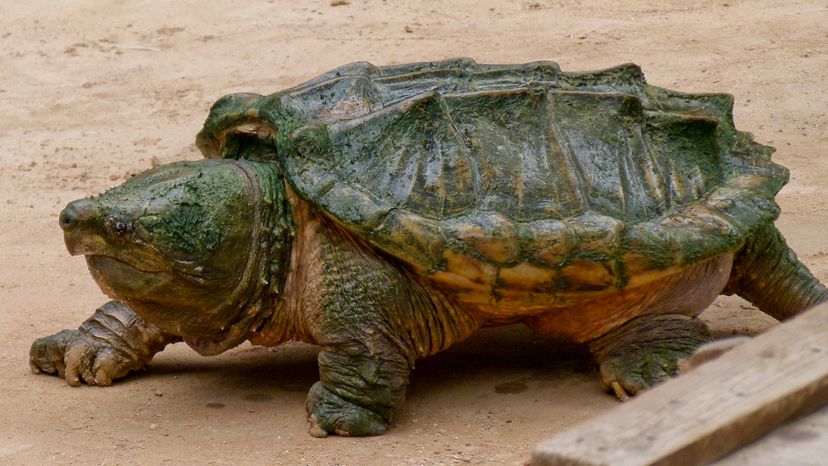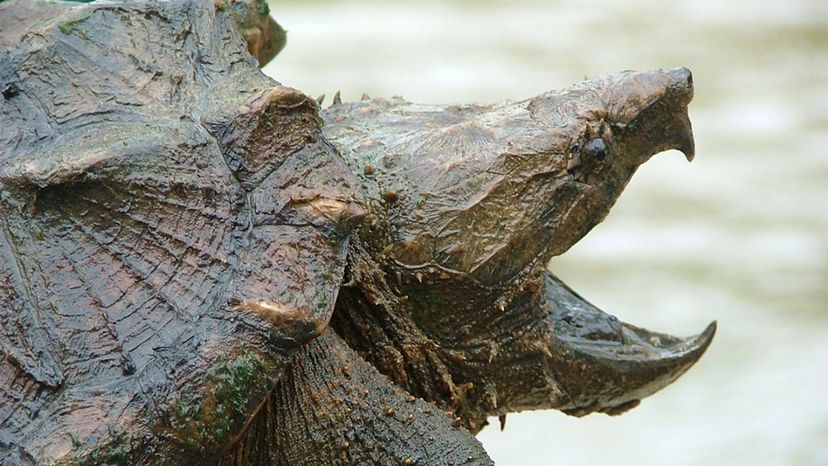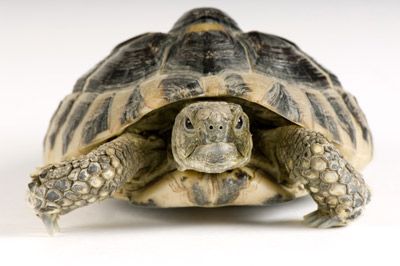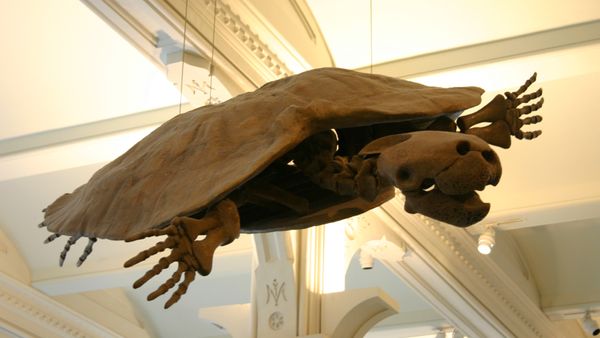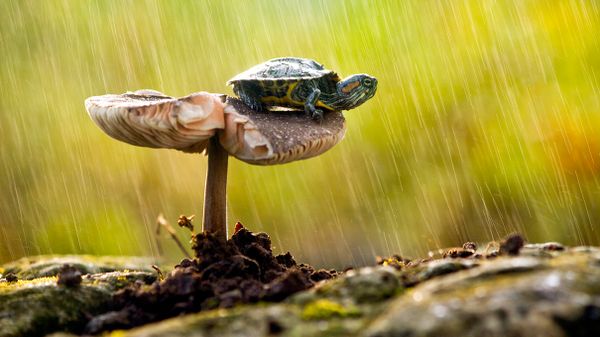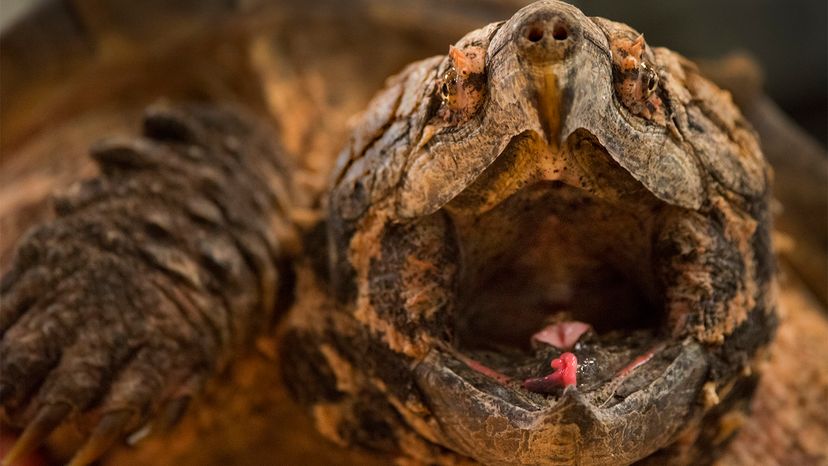
Question: What does the biggest freshwater turtle in North America have to do with a household cleaning implement?
The answer comes down to a well-worn bit of folk wisdom. Legend has it that the alligator snapping turtle — a huge reptile capable of weighing 176 pounds (80 kilograms) — can split a wooden broomstick in half with a single bite.
Advertisement
Zoologist Peter Charles Howard Pritchard tested this claim for his 1989 book "The Alligator Snapping Turtle: Biology and Conservation." When he pestered a 165-pound (75-kilogram) specimen with a brand-new broomstick, it grabbed ahold of the wood. The bite went deep, but failed to sever the implement. However, as Pritchard tried to wrest his stick free, the creature finished the job, splitting the handle between its jaws.
Looks like those old folk stories have some basis in truth after all. Alligator snappers deserve our respect; mishandling one could cost you a finger. Still, the turtles aren't normally aggressive around people, preferring to remain aloof when Homo sapiens enters their habitat.
Advertisement
